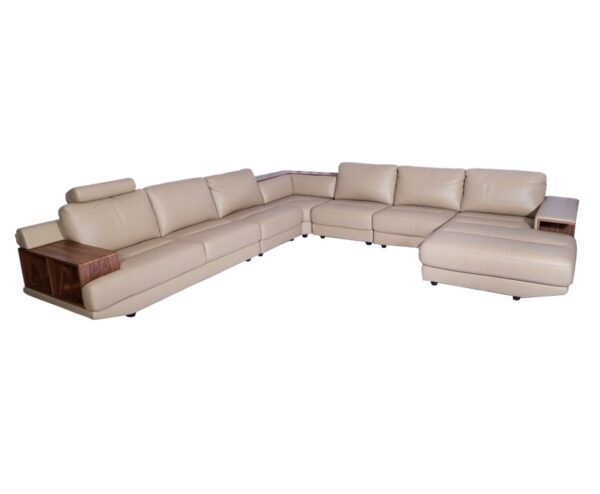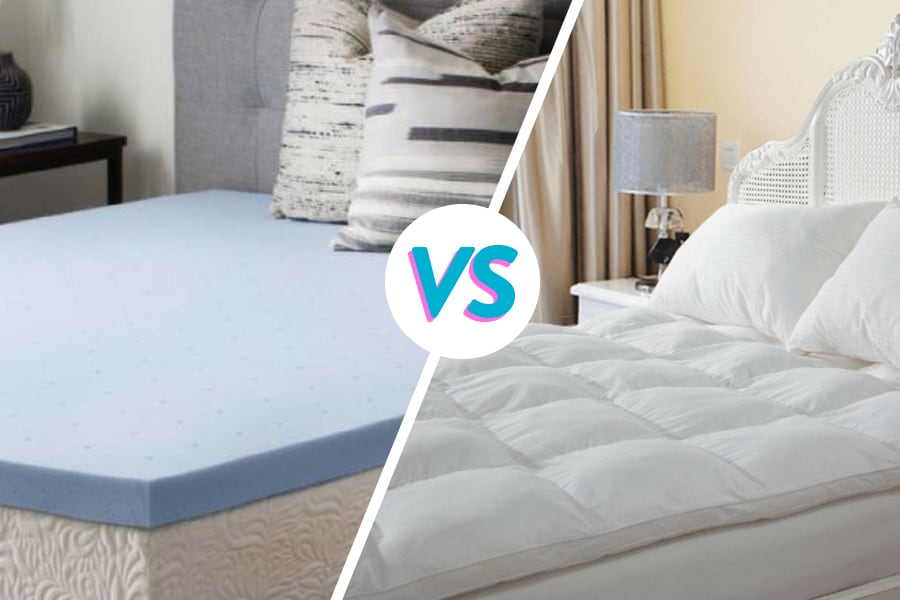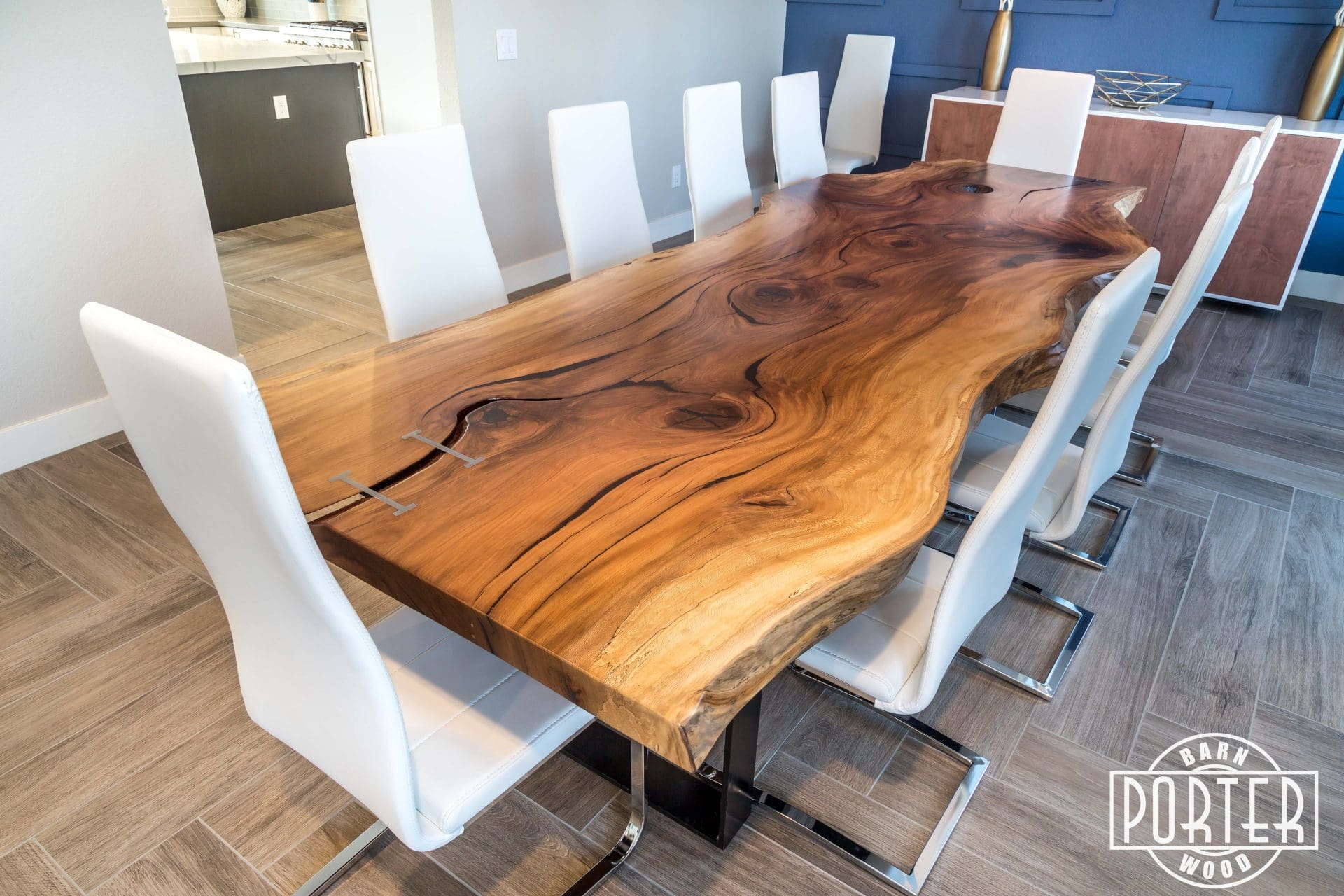The living room is often considered the heart of a home, the place where family and friends gather to relax, entertain, and make memories. With such an important role, it's no wonder that choosing the right color for your living room can be a daunting task. But fear not, we have compiled a list of the top 10 color tips for your living room to help you create a space that is both inviting and stylish.Living Room Color Tips
When it comes to choosing a color for your living room, it's important to consider the overall feel and atmosphere you want to create. Do you want a cozy and intimate space? Or a bright and energetic one? Here are some color tips to help guide you in the right direction: 1. Consider the size and natural light of your living room. If your living room is small and lacks natural light, opt for lighter, brighter colors to make the space feel more open and airy. If your living room is large and receives plenty of natural light, you can experiment with darker, bolder colors. 2. Use a neutral base. A neutral base color, such as white, beige, or gray, allows you to easily change up the look of your living room with different accessories and accent colors. This also gives you the flexibility to change your color scheme in the future without having to repaint the entire room. 3. Consider the function of your living room. Is your living room primarily used for relaxing and watching TV? Or is it a space for entertaining guests? The function of your living room can help guide your color choices. For a cozy and relaxing space, opt for warm, earthy tones. For a more vibrant and energetic space, choose brighter, bolder colors.Color Tips for Living Rooms
Now that you have some general color tips in mind, let's dive into some specific color scheme ideas for your living room: 1. Monochromatic: A monochromatic color scheme involves using different shades and tints of the same color. This creates a cohesive and calming look in your living room. For example, you could use different shades of blue for a serene and peaceful feel. 2. Analogous: An analogous color scheme involves using colors that are next to each other on the color wheel. This creates a harmonious and balanced look. For example, you could use shades of green and yellow for a fresh and energizing feel. 3. Complementary: A complementary color scheme involves using colors that are opposite each other on the color wheel. This creates a bold and eye-catching look. For example, you could pair shades of purple with yellow for a vibrant and modern feel.Living Room Color Scheme Ideas
When choosing the right color for your living room, it's important to consider not only the colors you like, but also the colors that will work well together and create the desired atmosphere. Here are some additional tips to help you make the right color choice: 1. Use color psychology. Color has a powerful impact on our emotions and can influence our mood. For example, blue is often associated with tranquility and relaxation, while red can evoke feelings of passion and energy. Consider the emotions you want to evoke in your living room and choose colors accordingly. 2. Take inspiration from your existing decor. If you're not sure where to start with your color scheme, look to your existing decor for inspiration. Choose a color that is already present in your living room and use it as a jumping off point for your color scheme. 3. Test out paint samples. Before committing to a color, it's always a good idea to test out paint samples on your walls. This will allow you to see how the color looks in different lighting and how it works with your existing decor.Choosing the Right Color for Your Living Room
If you're still unsure about which color to choose for your living room, here are some popular paint color suggestions to consider: 1. Gray: Gray has become a popular choice for living rooms in recent years. It's a versatile color that can create a modern and sophisticated look, or a cozy and inviting one depending on the shade you choose. 2. Beige: Beige is a classic and timeless color that works well in any living room. It's a neutral color that can easily be paired with a variety of accent colors and decor styles. 3. Green: Green is a calming and refreshing color that works well in living rooms. It can range from soft and subtle shades to bold and vibrant ones, depending on the look you're going for.Living Room Paint Color Suggestions
As mentioned before, color has a powerful impact on our emotions and can greatly influence the atmosphere of a room. Here's a breakdown of some common colors and the emotions they can evoke in a living room: 1. Blue: Blue is often associated with tranquility, calmness, and relaxation. It can also create a sense of spaciousness and make a room feel more open and airy. 2. Red: Red is a bold and energetic color that can evoke feelings of passion, excitement, and warmth. It can also create a sense of intimacy and make a large living room feel cozier. 3. Yellow: Yellow is a cheerful and uplifting color that can bring a sense of energy and positivity to a living room. It can also create a warm and welcoming atmosphere.Color Psychology for Living Rooms
If you're someone who likes to stay on top of the latest trends, here are some current living room color trends to consider: 1. Earth tones: Warm, earthy tones such as terracotta, rust, and olive green are becoming popular choices for living rooms. These colors create a cozy and inviting atmosphere that is perfect for relaxing and unwinding. 2. Jewel tones: Bold and rich jewel tones, such as emerald green, sapphire blue, and amethyst purple, are making a statement in living rooms. These colors add a touch of luxury and sophistication to any space. 3. Neutrals with pops of color: While neutral colors are always a classic choice, adding pops of color through accent pieces such as pillows, rugs, and artwork is a popular trend. This allows you to add a splash of color without committing to a bold wall color.Living Room Color Trends
Now that you have a better understanding of color choices and trends, here are some tips on how to effectively use color in your living room: 1. Create a focal point. Use a bold and eye-catching color as a focal point in your living room. This could be a brightly colored accent wall, a statement piece of furniture, or a colorful piece of artwork. 2. Use a cohesive color palette. To create a cohesive and harmonious look, stick to a color palette of 3-5 colors. This will ensure that all colors work well together and create a balanced look. 3. Incorporate different textures. Using a variety of textures in your living room, such as a plush rug, a cozy throw blanket, or a sleek leather couch, can add depth and interest to your color scheme.How to Use Color in Your Living Room
If you're struggling to come up with a color combination for your living room, here are some popular and stylish options to consider: 1. Navy and white: This classic color combination creates a crisp and clean look in a living room. The deep navy adds a touch of sophistication, while the white keeps the space feeling bright and airy. 2. Gray and yellow: These two colors work well together to create a modern and cheerful living room. The gray provides a neutral base, while the yellow adds a pop of color and energy. 3. Coral and mint: This unexpected color combination creates a fresh and playful look in a living room. The coral adds a bold and vibrant touch, while the mint keeps the space feeling light and airy.Living Room Color Combinations
Lastly, let's talk about how to use color to create a cozy and inviting living room: 1. Stick to warm tones. Warm, earthy tones such as brown, beige, and terracotta create a cozy and inviting atmosphere. These colors can be used on walls, furniture, or through accent pieces. 2. Choose soft and plush textures. Using soft and plush textures, such as a shaggy rug or a fluffy throw blanket, can make a living room feel more cozy and comfortable. 3. Add warm lighting. The right lighting can make all the difference in creating a cozy living room. Opt for warm, soft lighting instead of harsh, bright lights. With these top 10 living room color tips, you're well on your way to creating a space that is both stylish and inviting. Remember to consider the overall atmosphere you want to create, use color psychology to your advantage, and don't be afraid to take risks and try out new color combinations. Happy decorating!Creating a Cozy Living Room with Color
Adding Personality to Your Living Room with Color

Why Color is Important in Your Living Room
/169789002-58a723d63df78c345b930ec6.jpg) When it comes to designing your living room,
color
plays a crucial role in creating a space that is not only visually appealing but also reflects your personal style. The right combination of
colors
can set the mood and atmosphere of the room, making it a warm and inviting space for you and your guests.
Color
can also be used to highlight certain areas or features in the room, making it more interesting and visually dynamic.
When it comes to designing your living room,
color
plays a crucial role in creating a space that is not only visually appealing but also reflects your personal style. The right combination of
colors
can set the mood and atmosphere of the room, making it a warm and inviting space for you and your guests.
Color
can also be used to highlight certain areas or features in the room, making it more interesting and visually dynamic.
Choosing the Right Color Palette
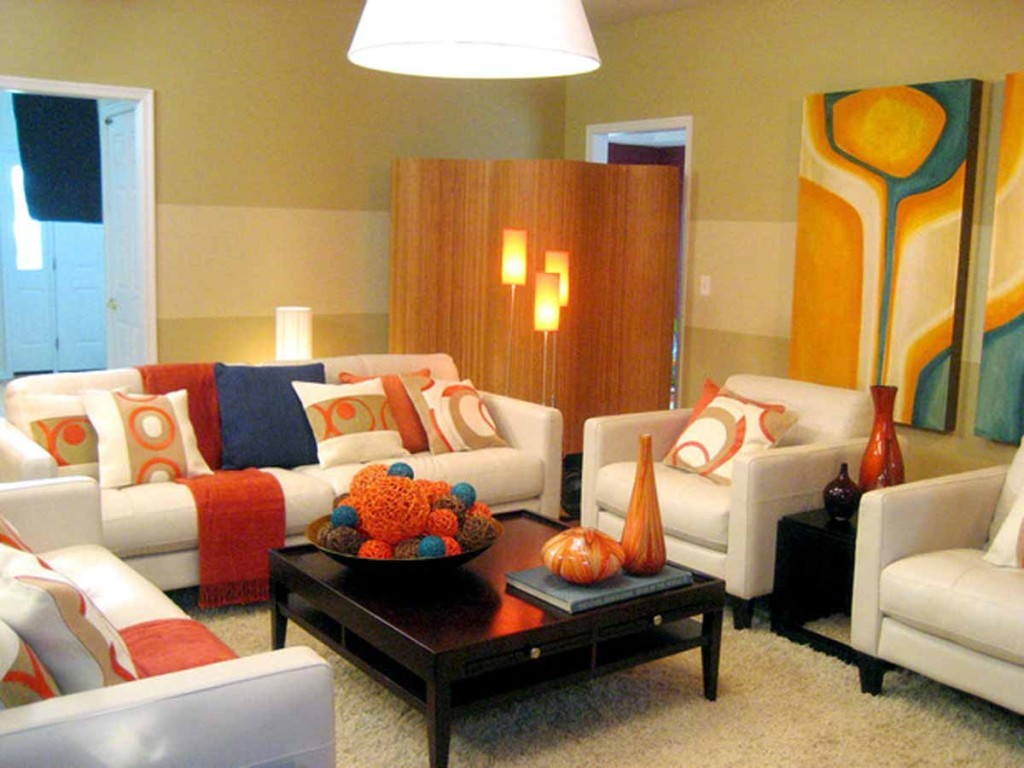 The first step in adding
personality
to your living room with
color
is to choose the right color palette. This can be overwhelming with the endless
color
options available, but a good starting point is to consider the overall tone and style of your home.
Colors
that complement the existing
color
scheme of your home will create a cohesive look and flow throughout the space.
Neutral colors
such as beige, greys, and whites are versatile and can be paired with
bold colors
for a pop of
personality
.
The first step in adding
personality
to your living room with
color
is to choose the right color palette. This can be overwhelming with the endless
color
options available, but a good starting point is to consider the overall tone and style of your home.
Colors
that complement the existing
color
scheme of your home will create a cohesive look and flow throughout the space.
Neutral colors
such as beige, greys, and whites are versatile and can be paired with
bold colors
for a pop of
personality
.
Creating a Focal Point
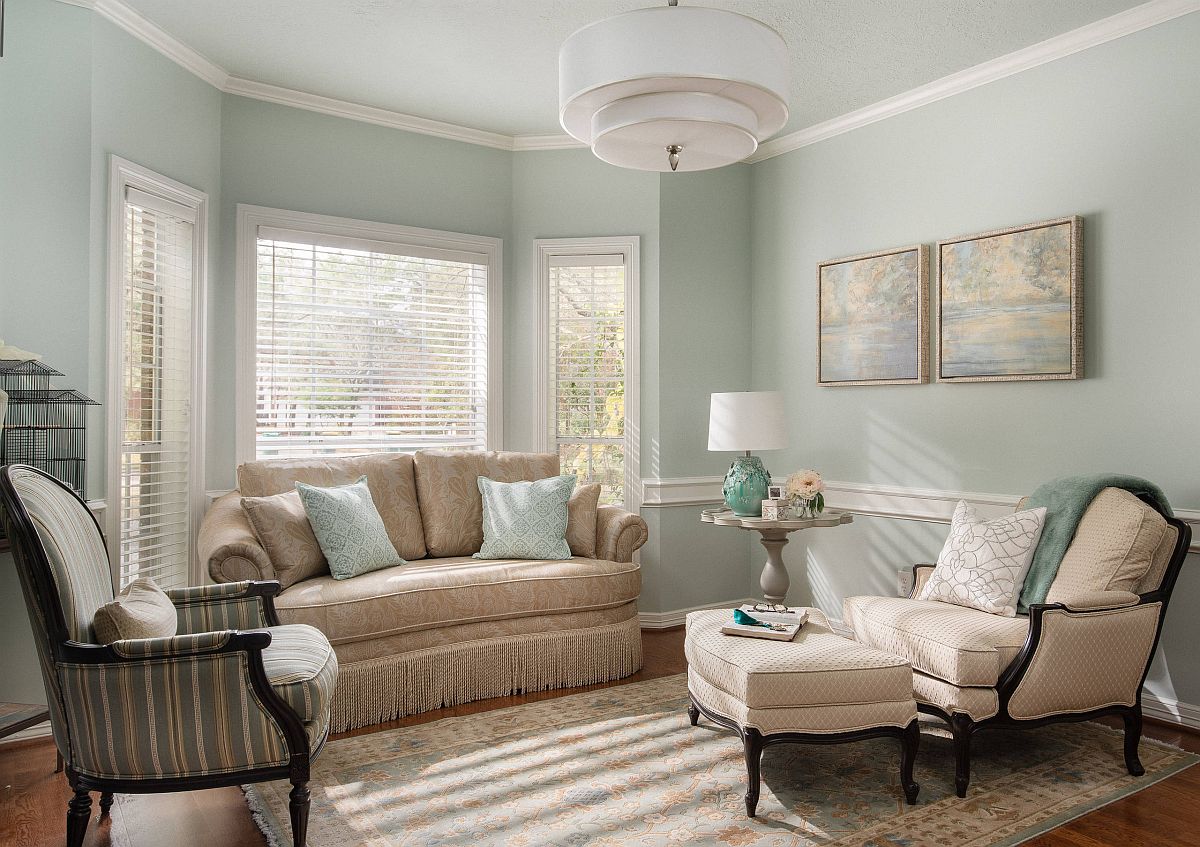 If you want to make a statement with
color
in your living room, consider creating a
focal point
using a bold and vibrant
color
. This could be a brightly painted accent wall, a colorful piece of furniture, or even a striking piece of artwork. The key is to use
color
in a way that draws the eye and adds interest to the room.
If you want to make a statement with
color
in your living room, consider creating a
focal point
using a bold and vibrant
color
. This could be a brightly painted accent wall, a colorful piece of furniture, or even a striking piece of artwork. The key is to use
color
in a way that draws the eye and adds interest to the room.
Adding Accents and Accessories
 Once you have your base
color palette
established, you can add
accents and accessories
to further enhance the
personality
of your living room. This could include throw pillows, rugs, curtains, and other decorative items in complementary
colors
. These small touches can add depth and character to the room, making it feel more inviting and reflective of your personal style.
Once you have your base
color palette
established, you can add
accents and accessories
to further enhance the
personality
of your living room. This could include throw pillows, rugs, curtains, and other decorative items in complementary
colors
. These small touches can add depth and character to the room, making it feel more inviting and reflective of your personal style.
Consider the Psychology of Color
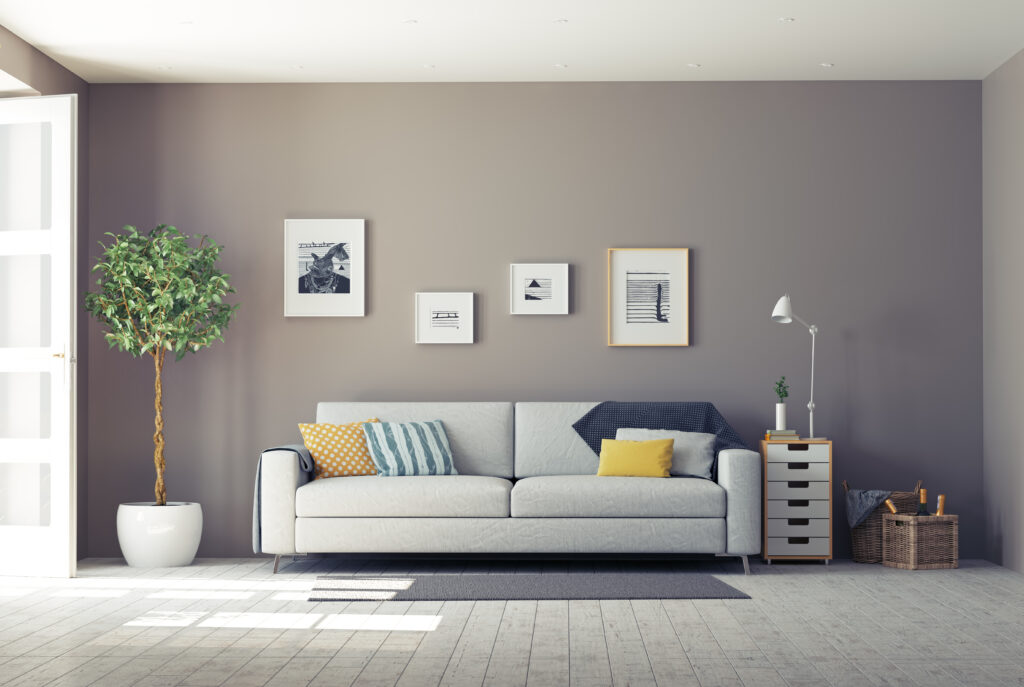 It's important to keep in mind that
color
can also have a psychological effect on our mood and emotions.
Warm colors
like red, orange, and yellow can create a cozy and energetic atmosphere, while
cool colors
like blue, green, and purple can promote a sense of calm and relaxation. Think about the purpose of your living room and choose
colors
that align with that goal.
In conclusion,
color
is a powerful tool in designing a living room that is not only visually appealing but also reflects your personality and style. By carefully choosing a
color palette
and incorporating accents and accessories, you can create a space that is uniquely yours. Remember to also consider the psychology of
color
and choose
colors
that align with the purpose of your living room. With these tips in mind, you can transform your living room into a vibrant and welcoming space.
It's important to keep in mind that
color
can also have a psychological effect on our mood and emotions.
Warm colors
like red, orange, and yellow can create a cozy and energetic atmosphere, while
cool colors
like blue, green, and purple can promote a sense of calm and relaxation. Think about the purpose of your living room and choose
colors
that align with that goal.
In conclusion,
color
is a powerful tool in designing a living room that is not only visually appealing but also reflects your personality and style. By carefully choosing a
color palette
and incorporating accents and accessories, you can create a space that is uniquely yours. Remember to also consider the psychology of
color
and choose
colors
that align with the purpose of your living room. With these tips in mind, you can transform your living room into a vibrant and welcoming space.
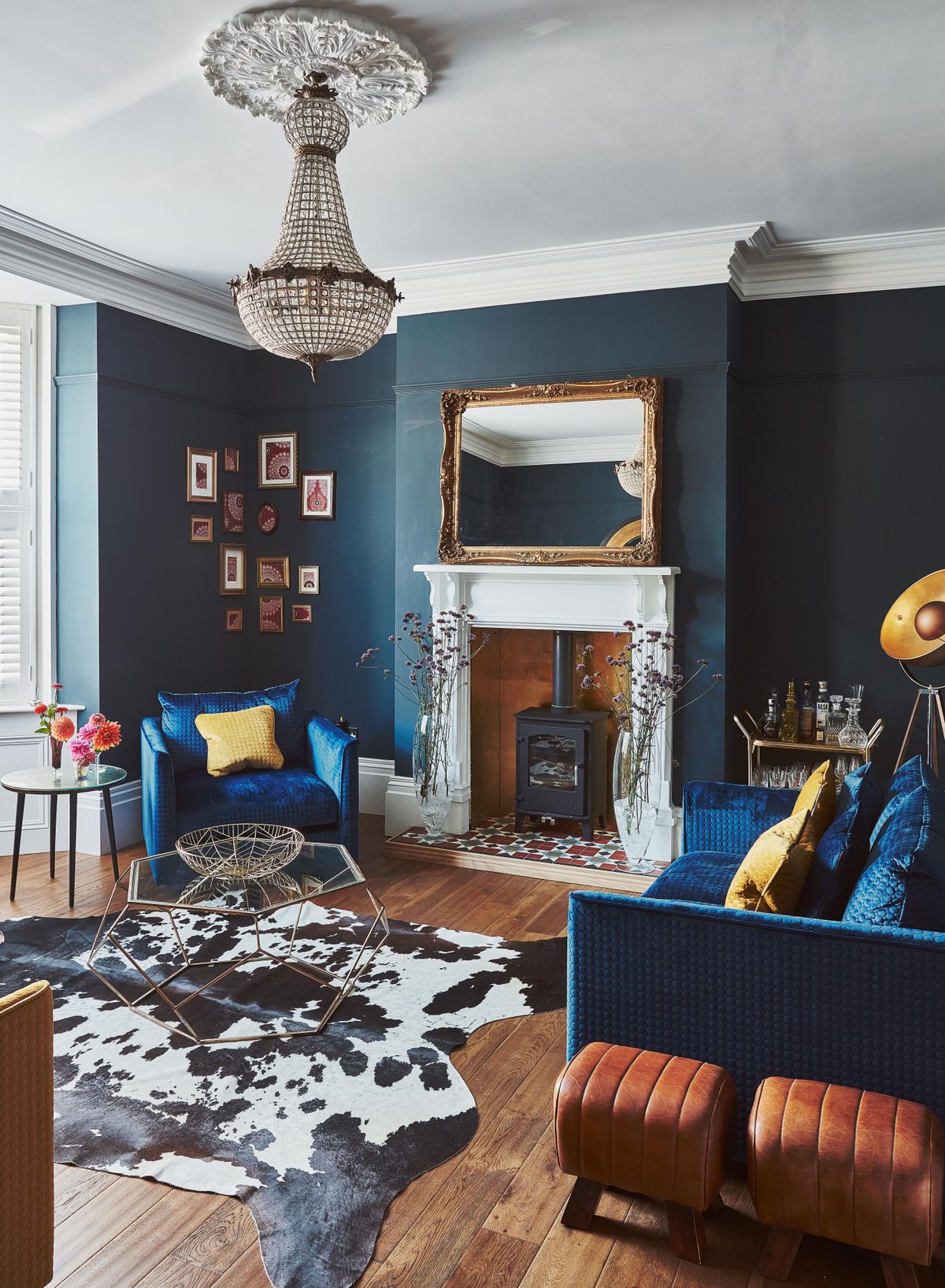
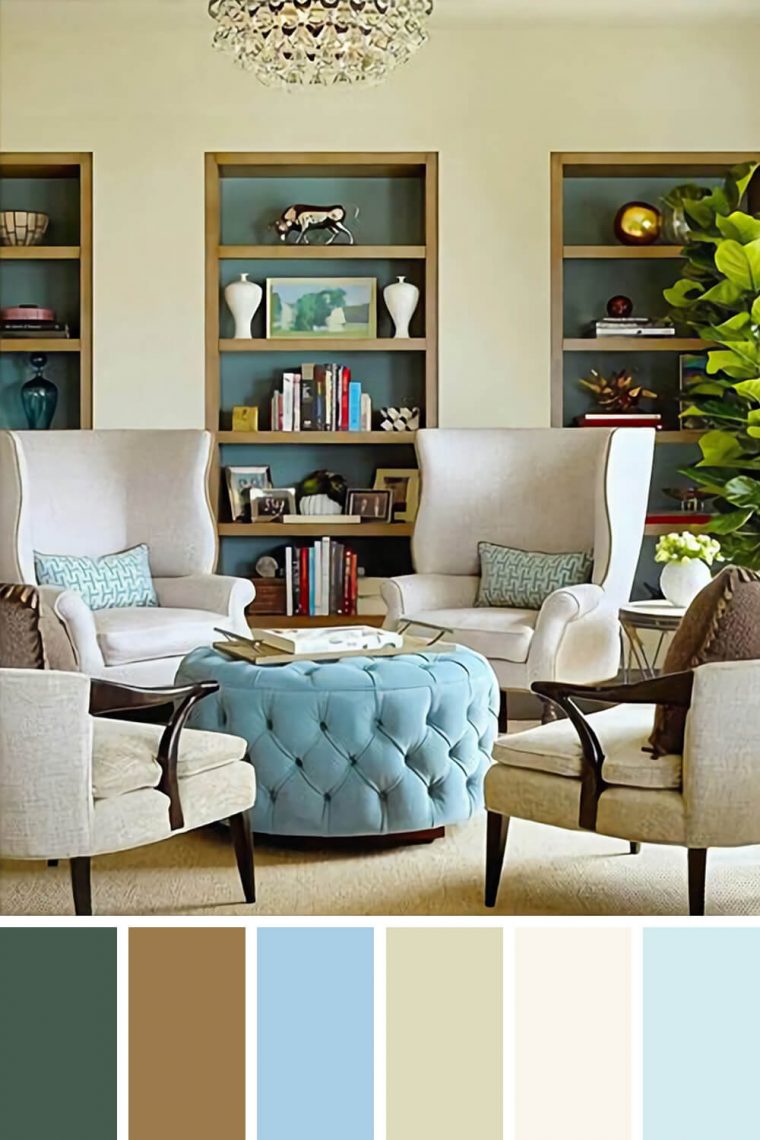
:strip_icc()/gray-gold-white-living-room-554ce36f-48a3aff5d915446d8e5f5ba7e9b5d4e7.jpg)



/Neutrallivingroom-GettyImages-568518365-5a6260a87d4be80036ac6b0c.jpg)

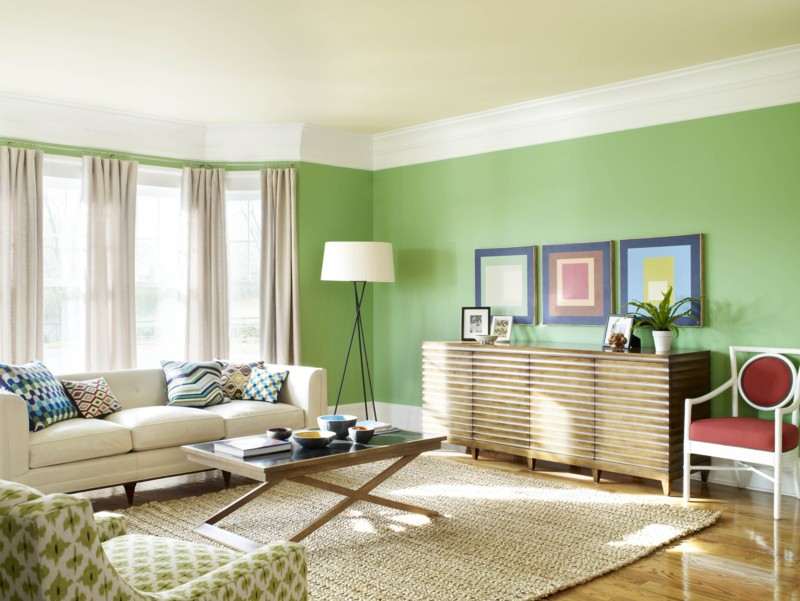
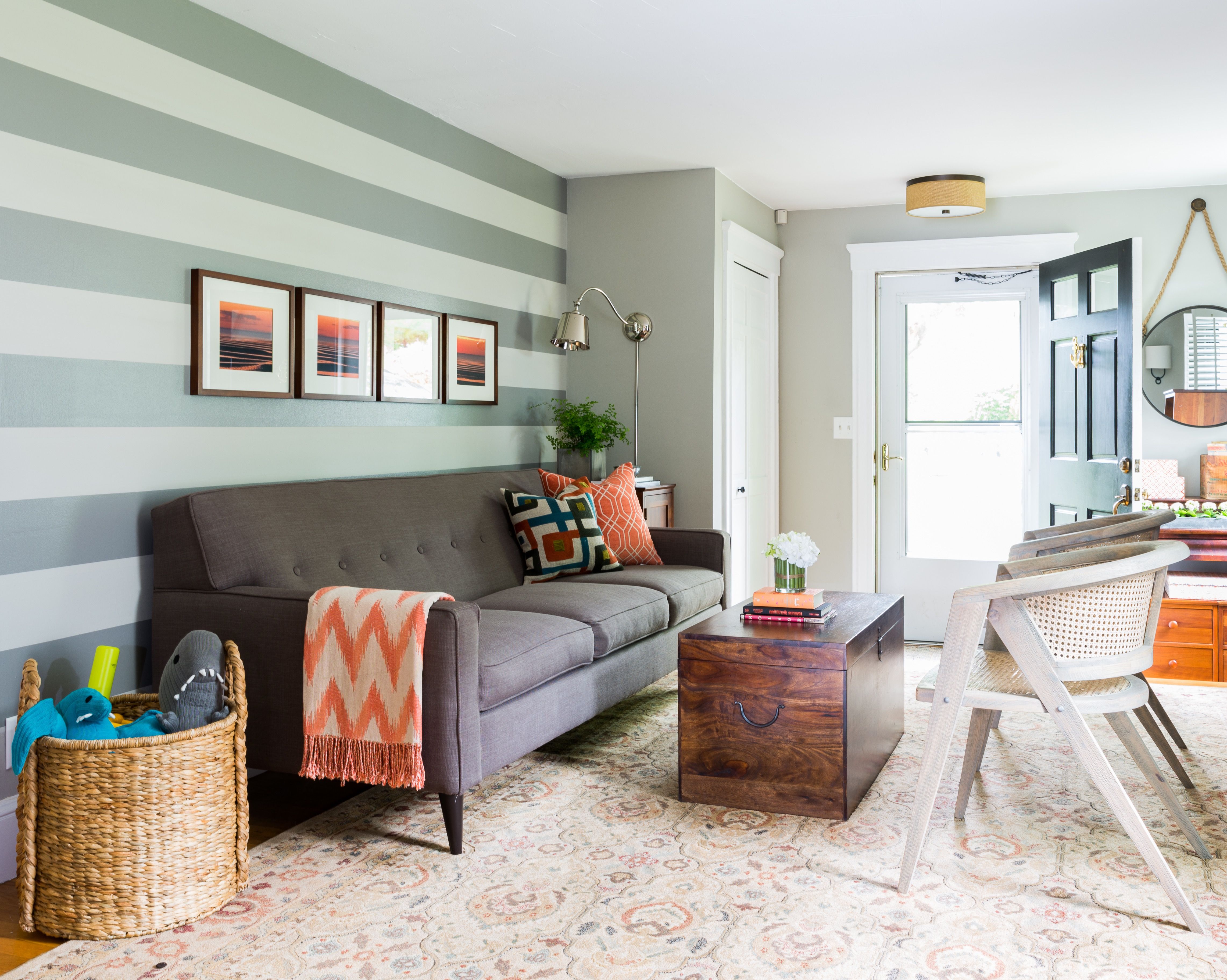
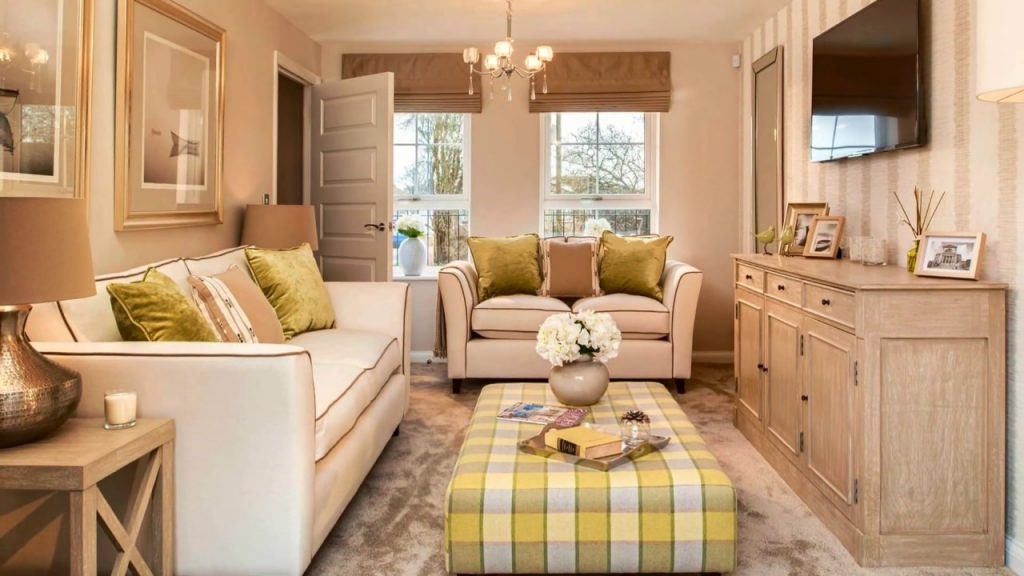





:max_bytes(150000):strip_icc()/Chuck-Schmidt-Getty-Images-56a5ae785f9b58b7d0ddfaf8.jpg)

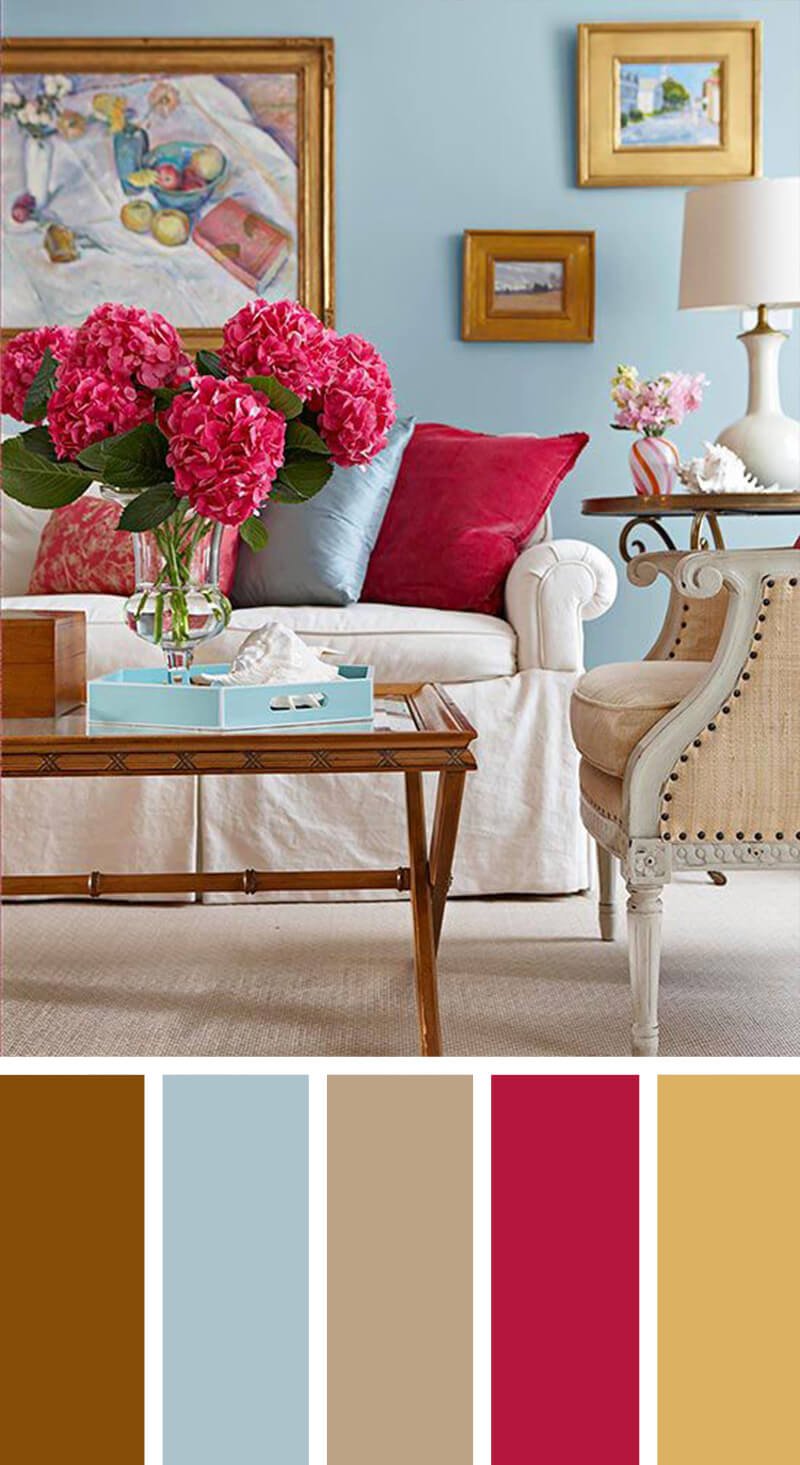
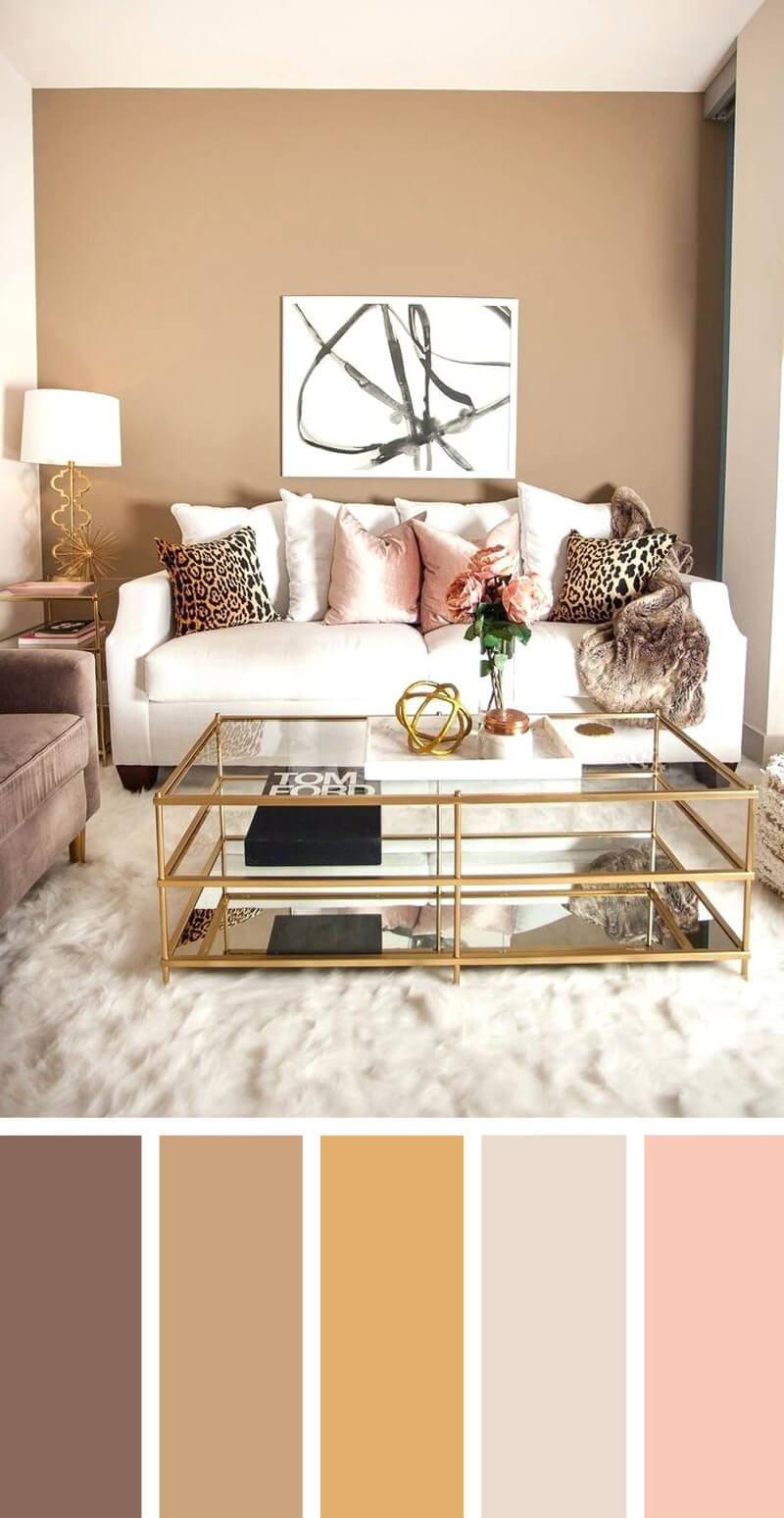
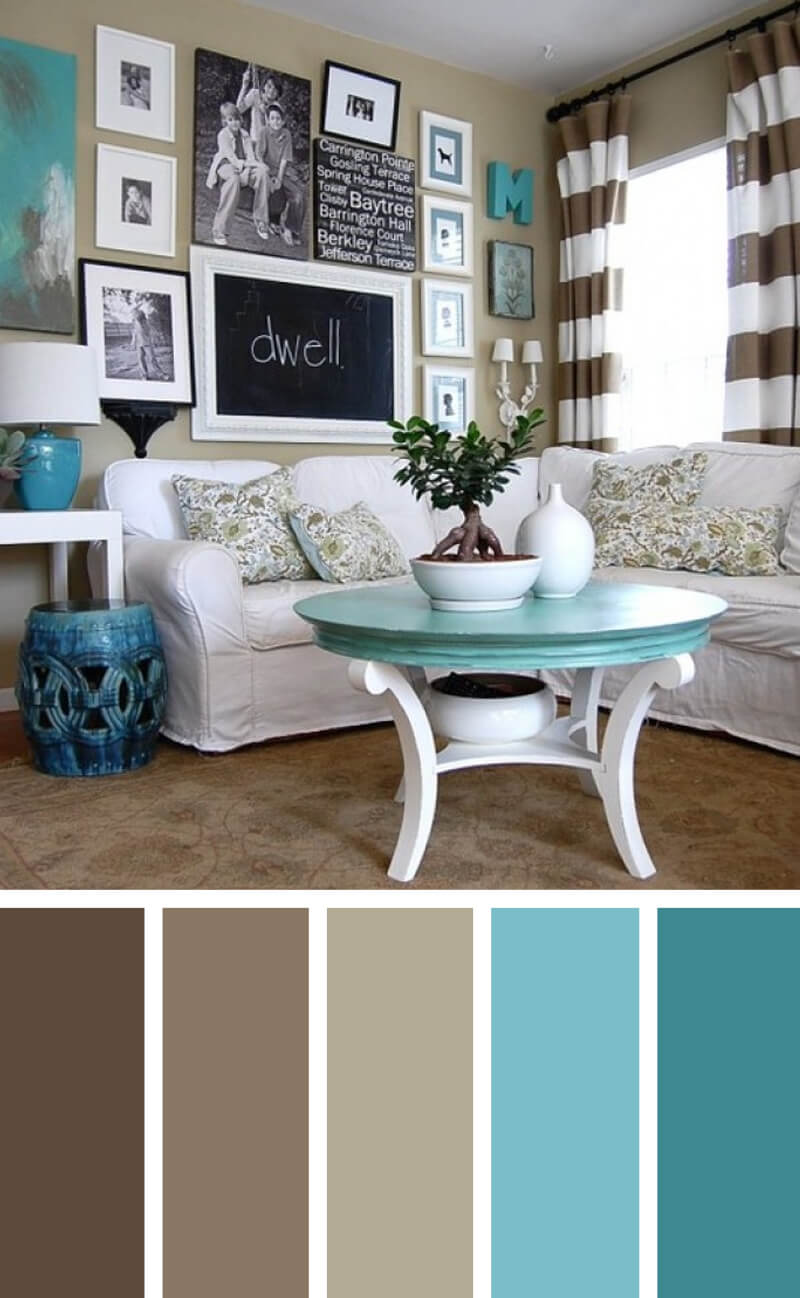
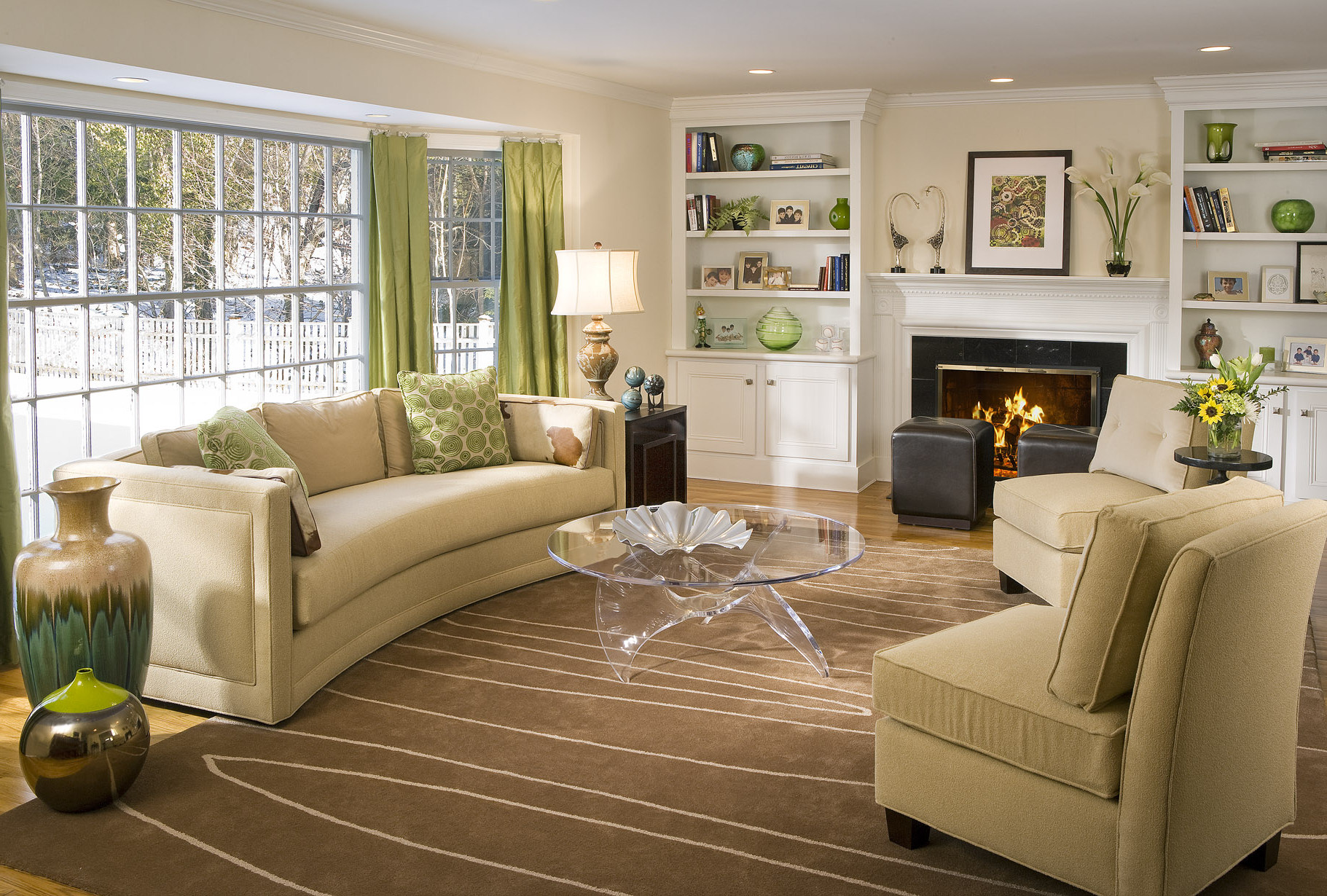









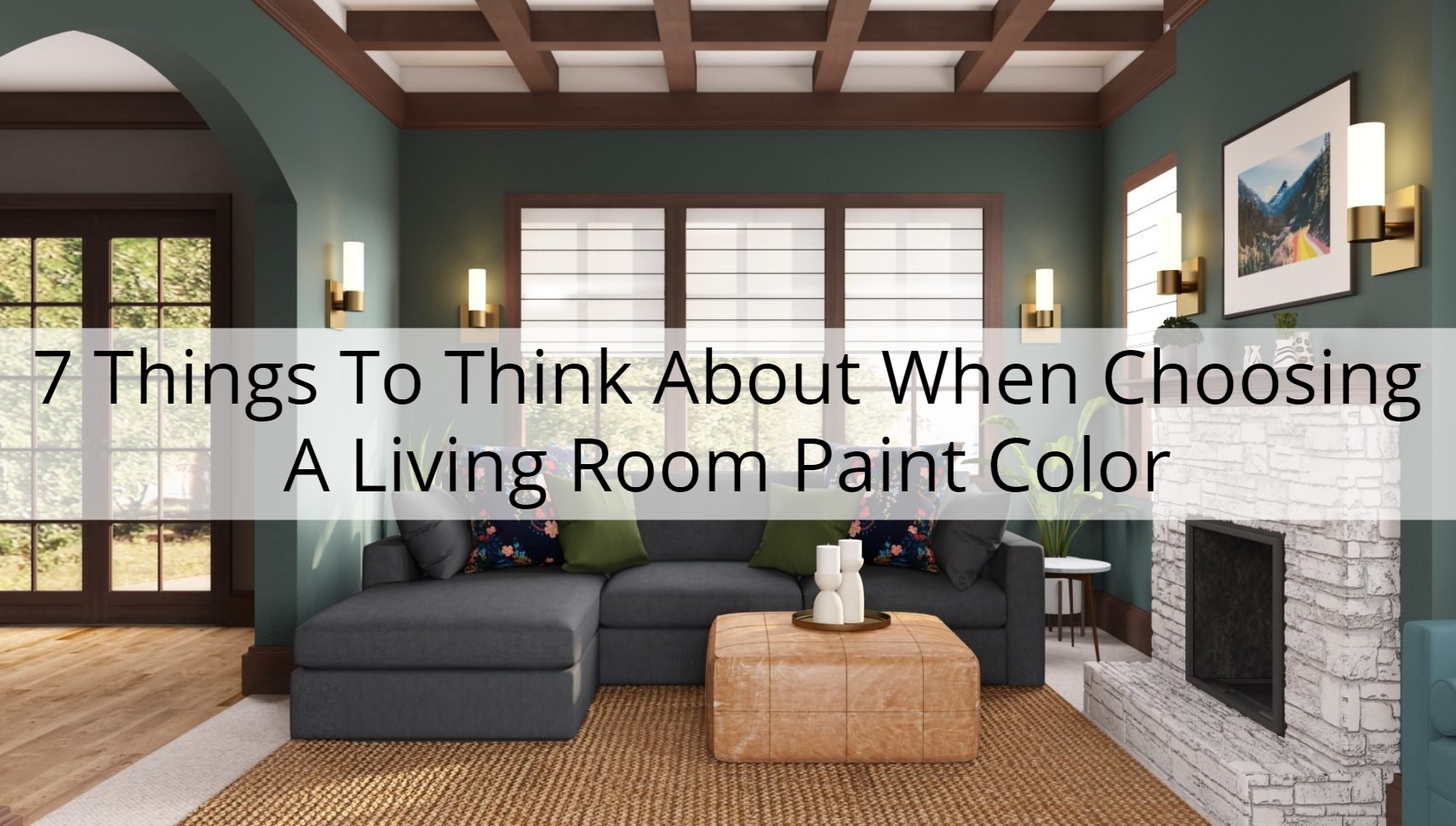


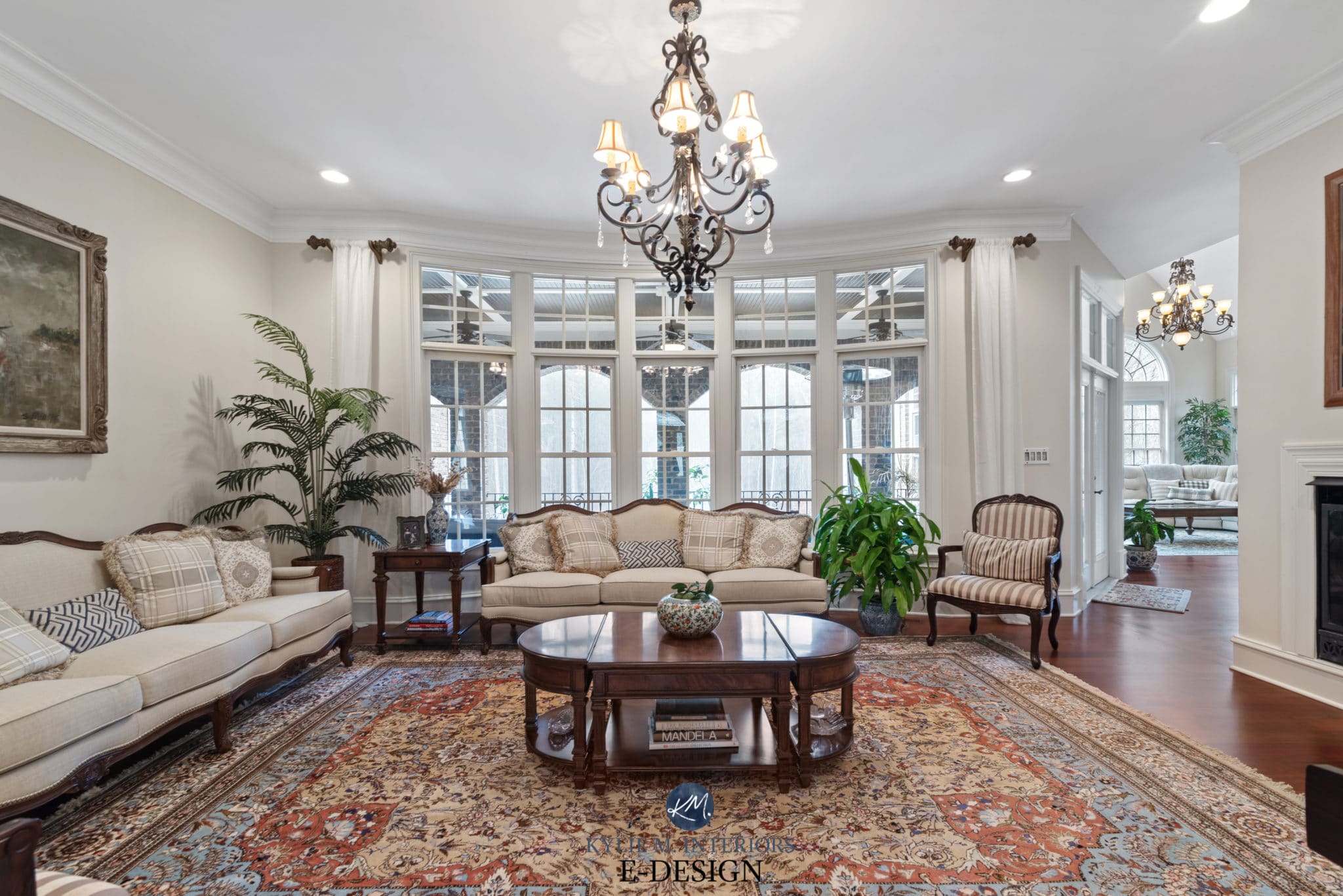
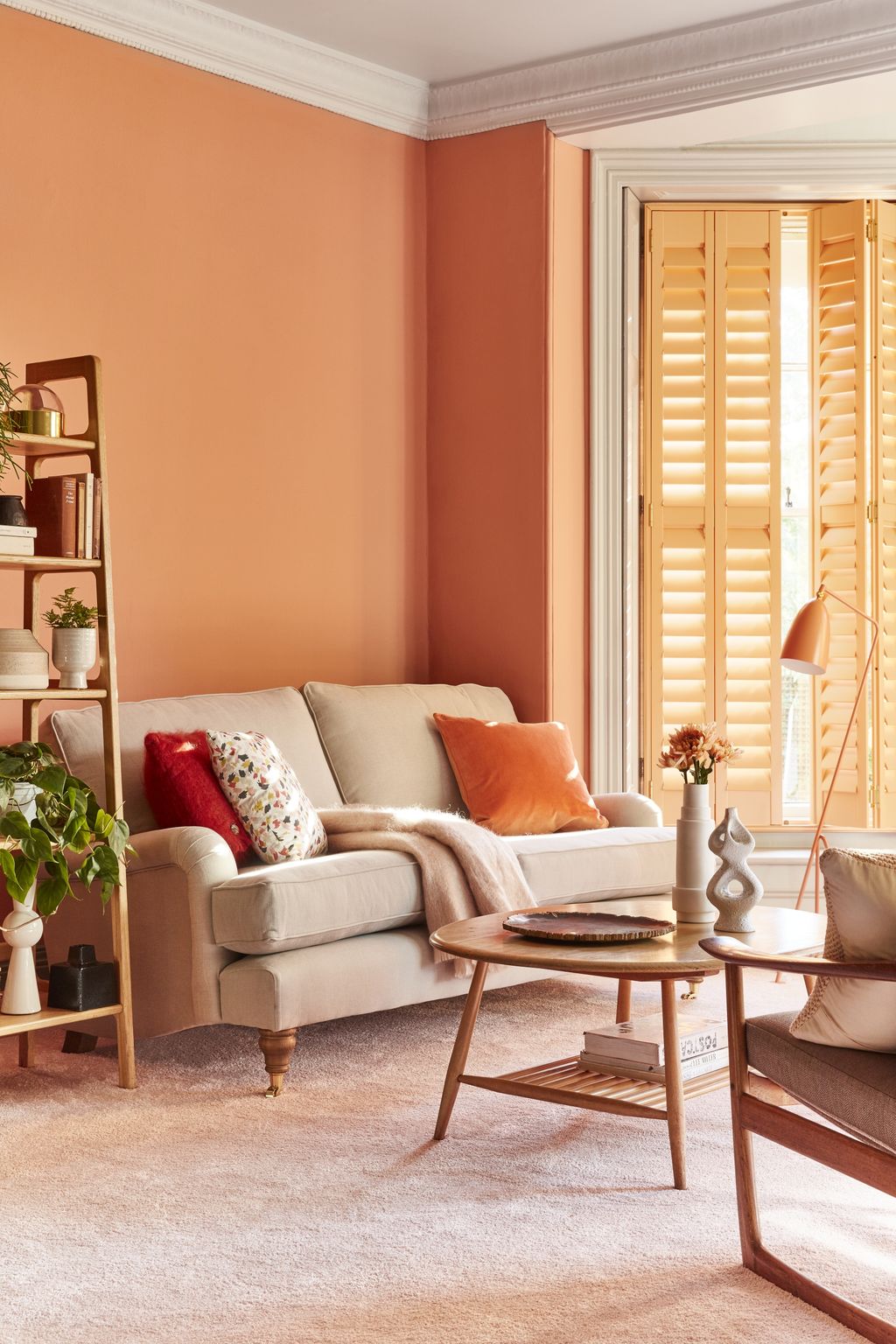




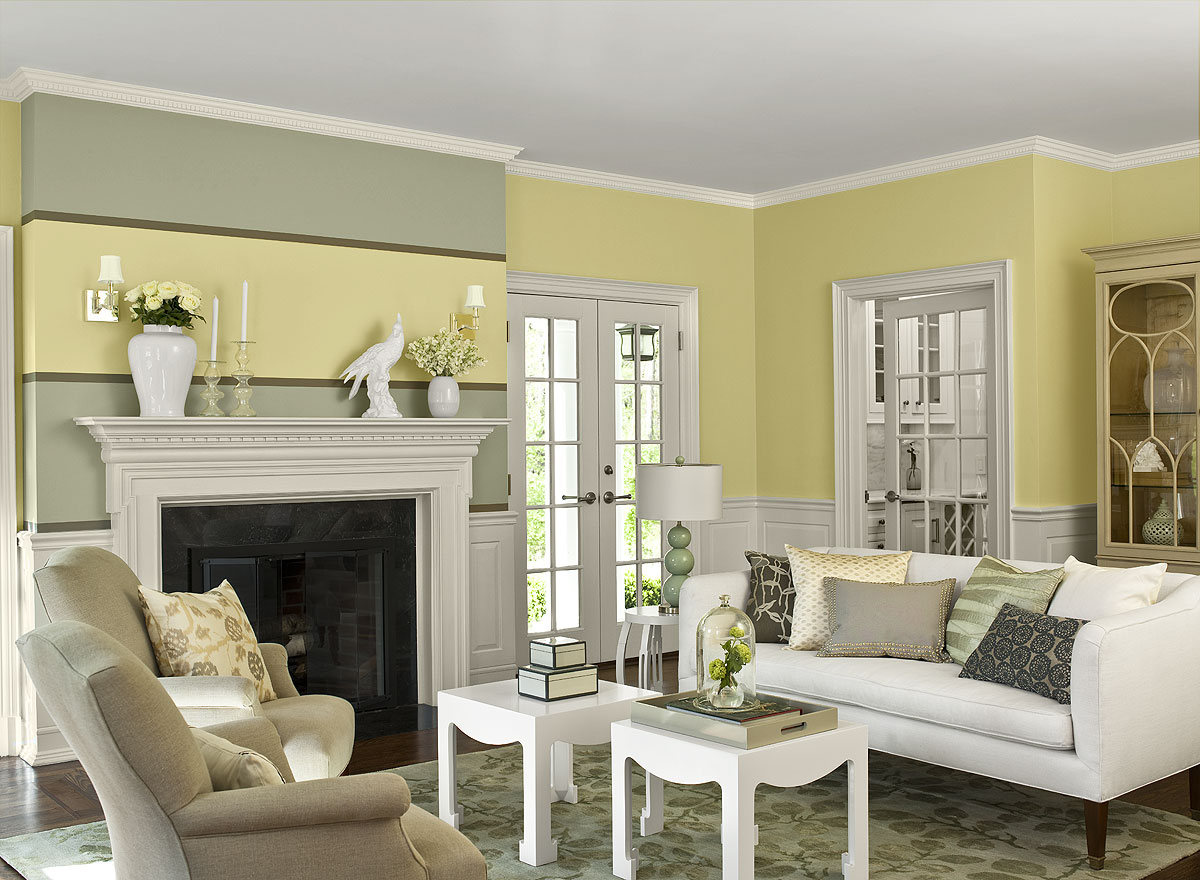
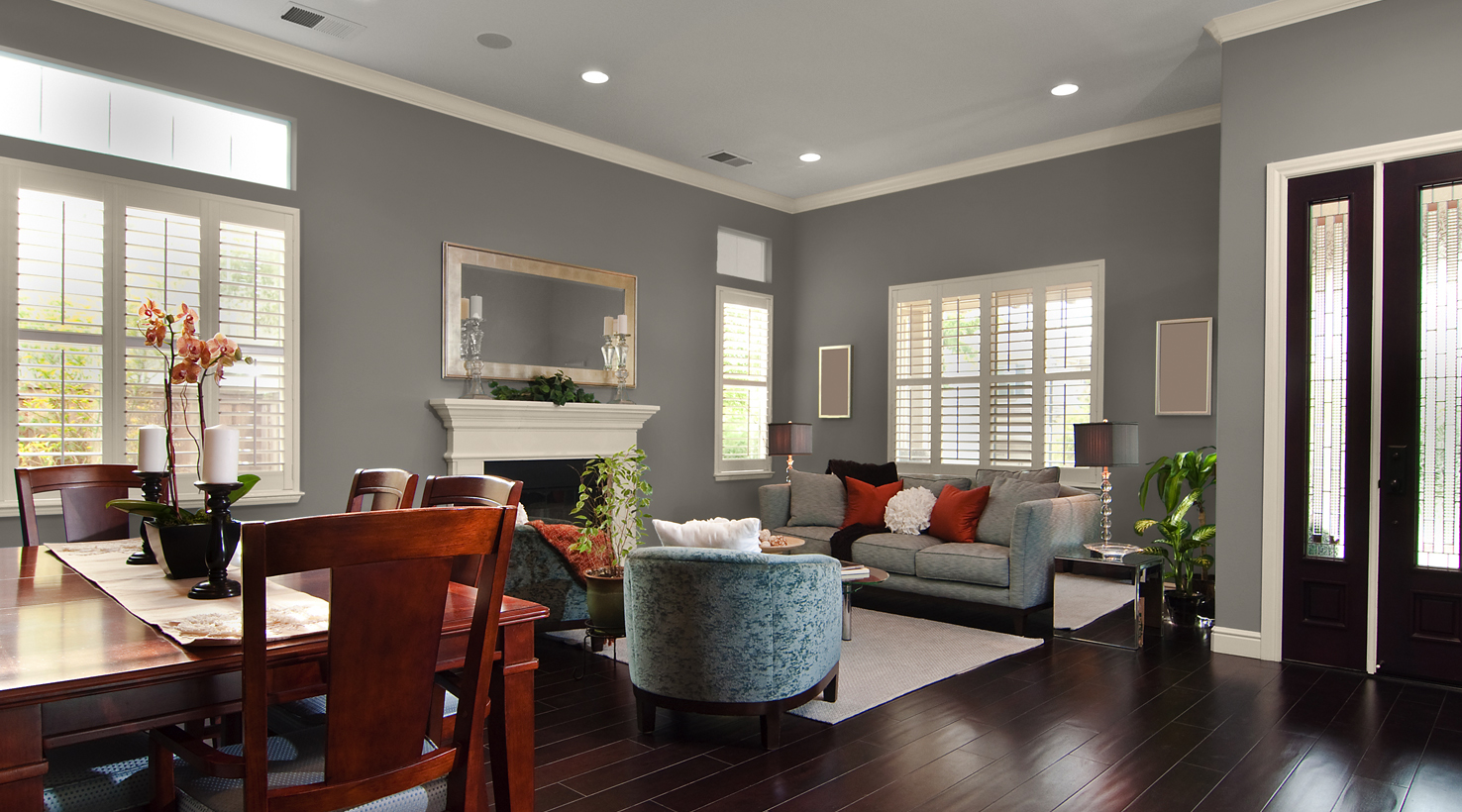



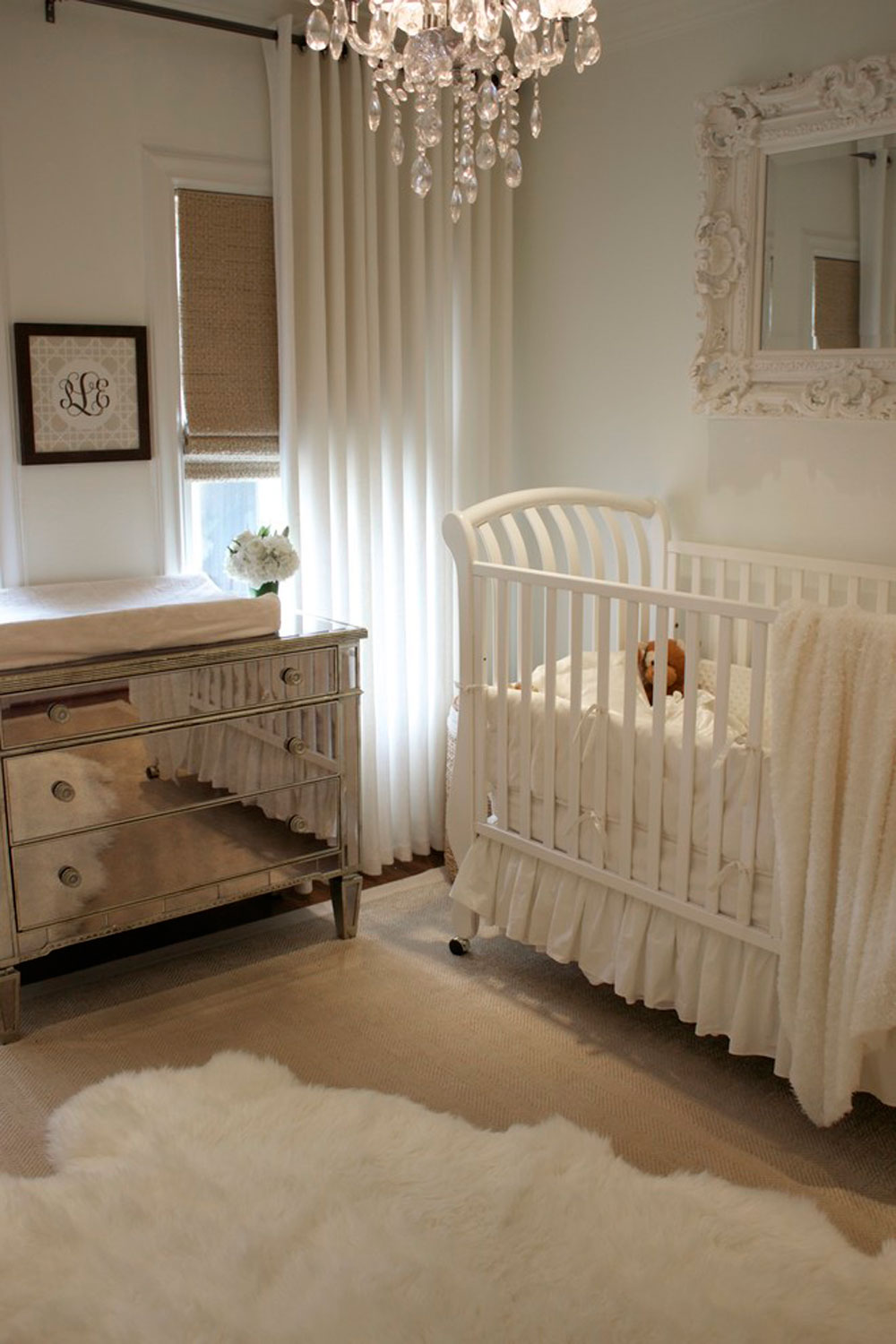

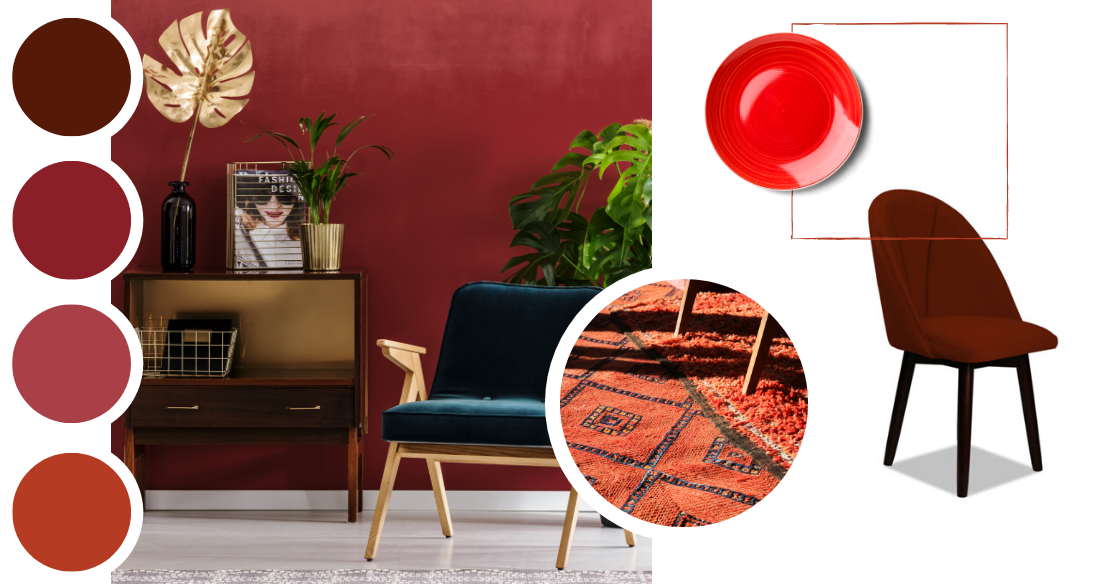

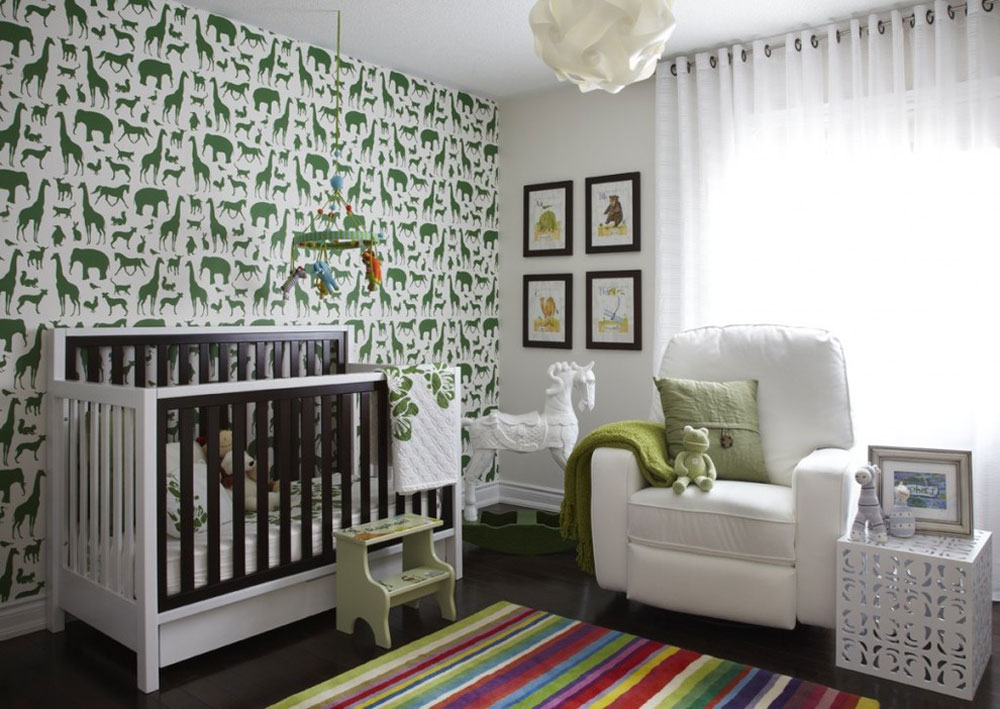
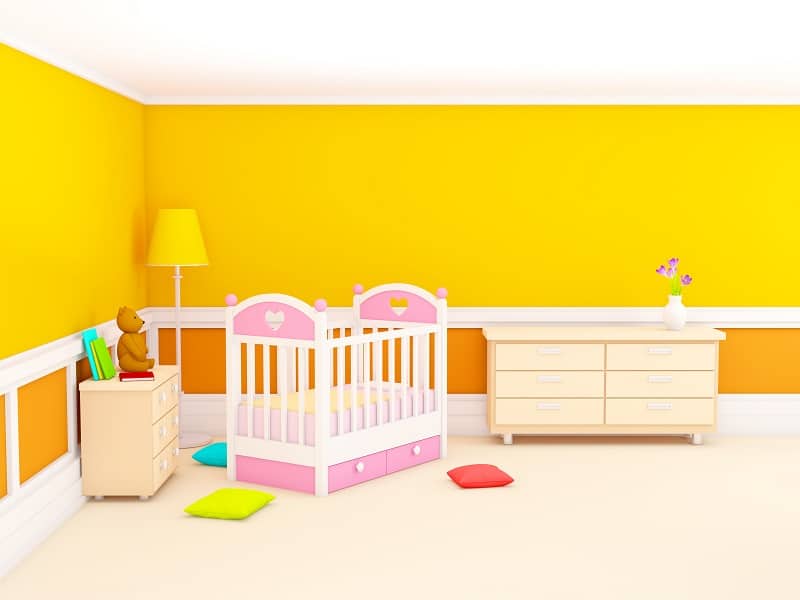
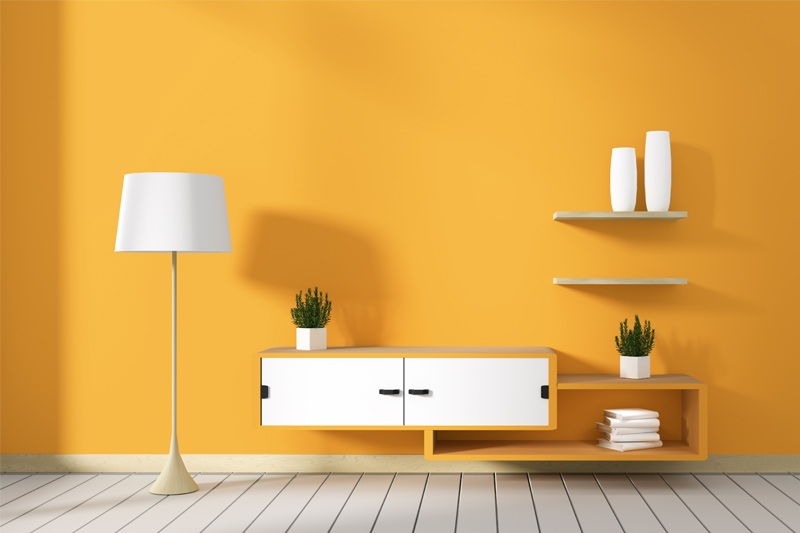
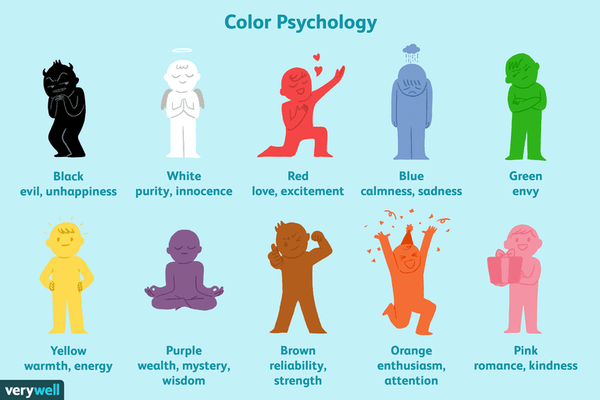


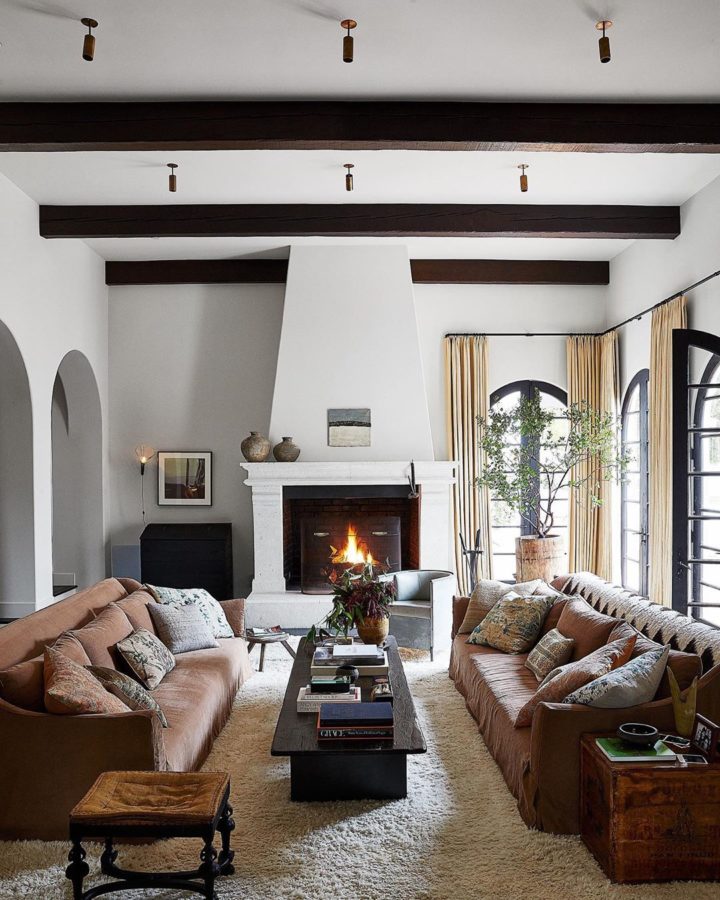

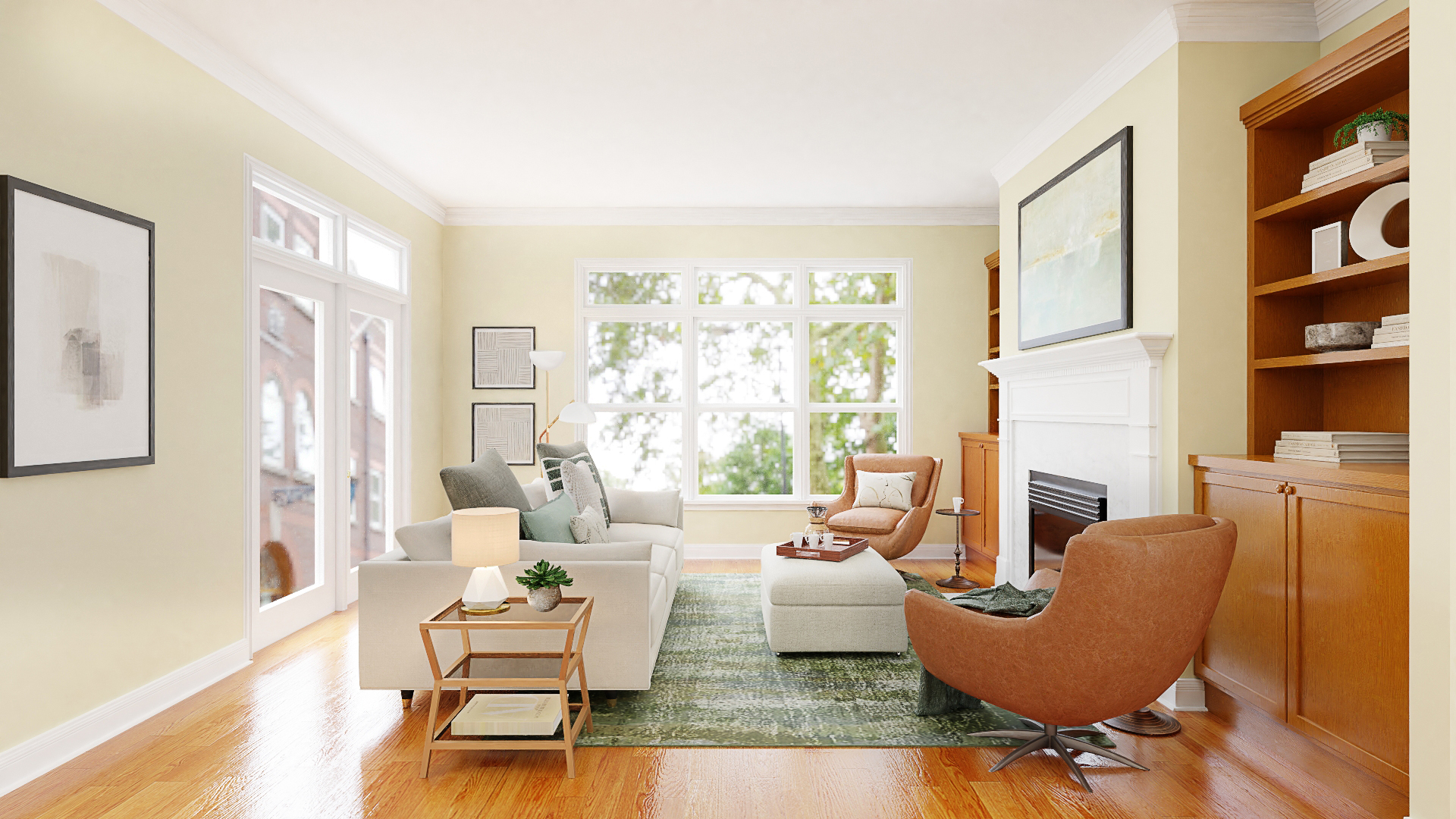


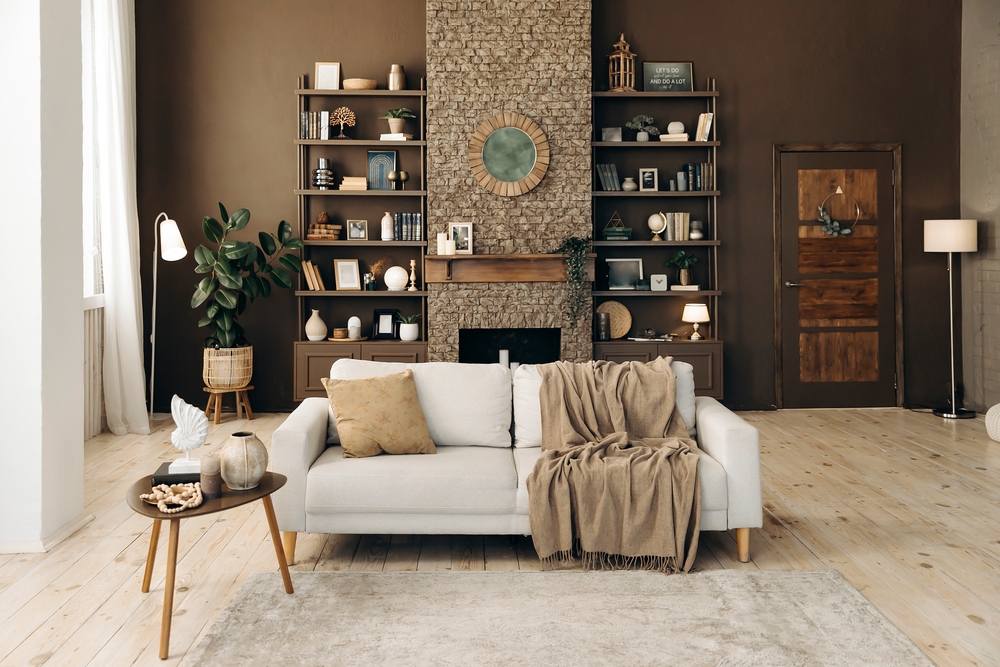
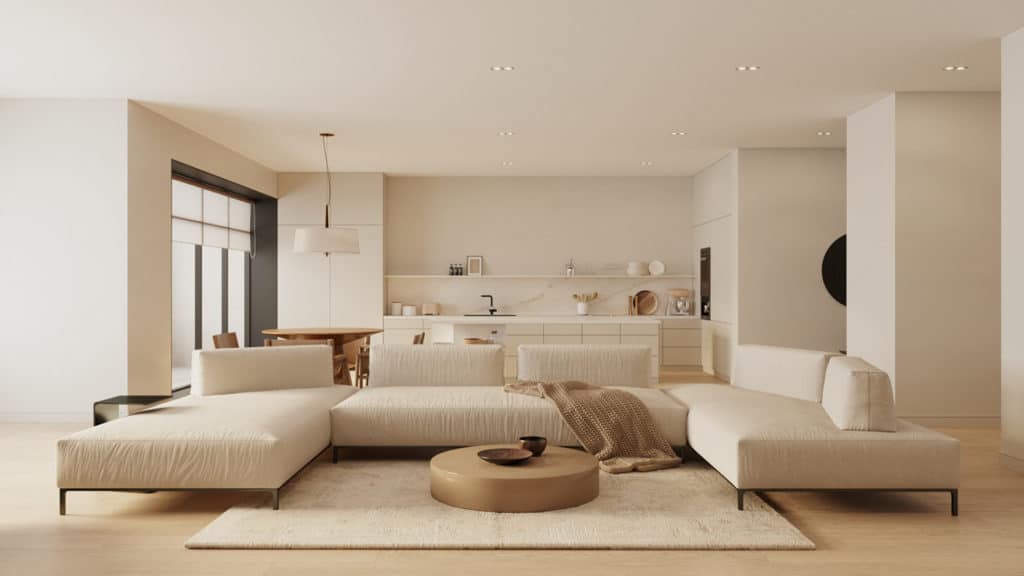





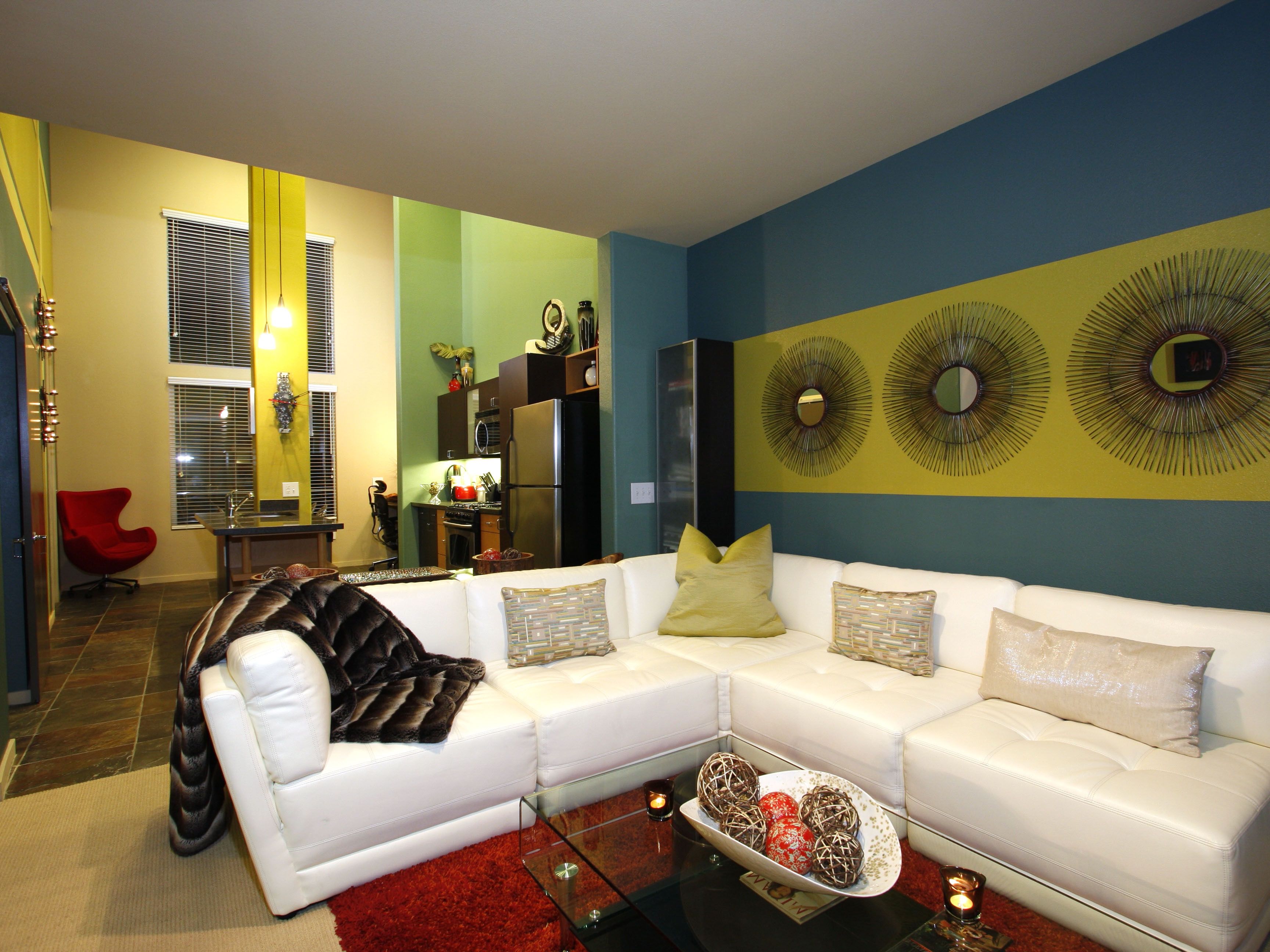
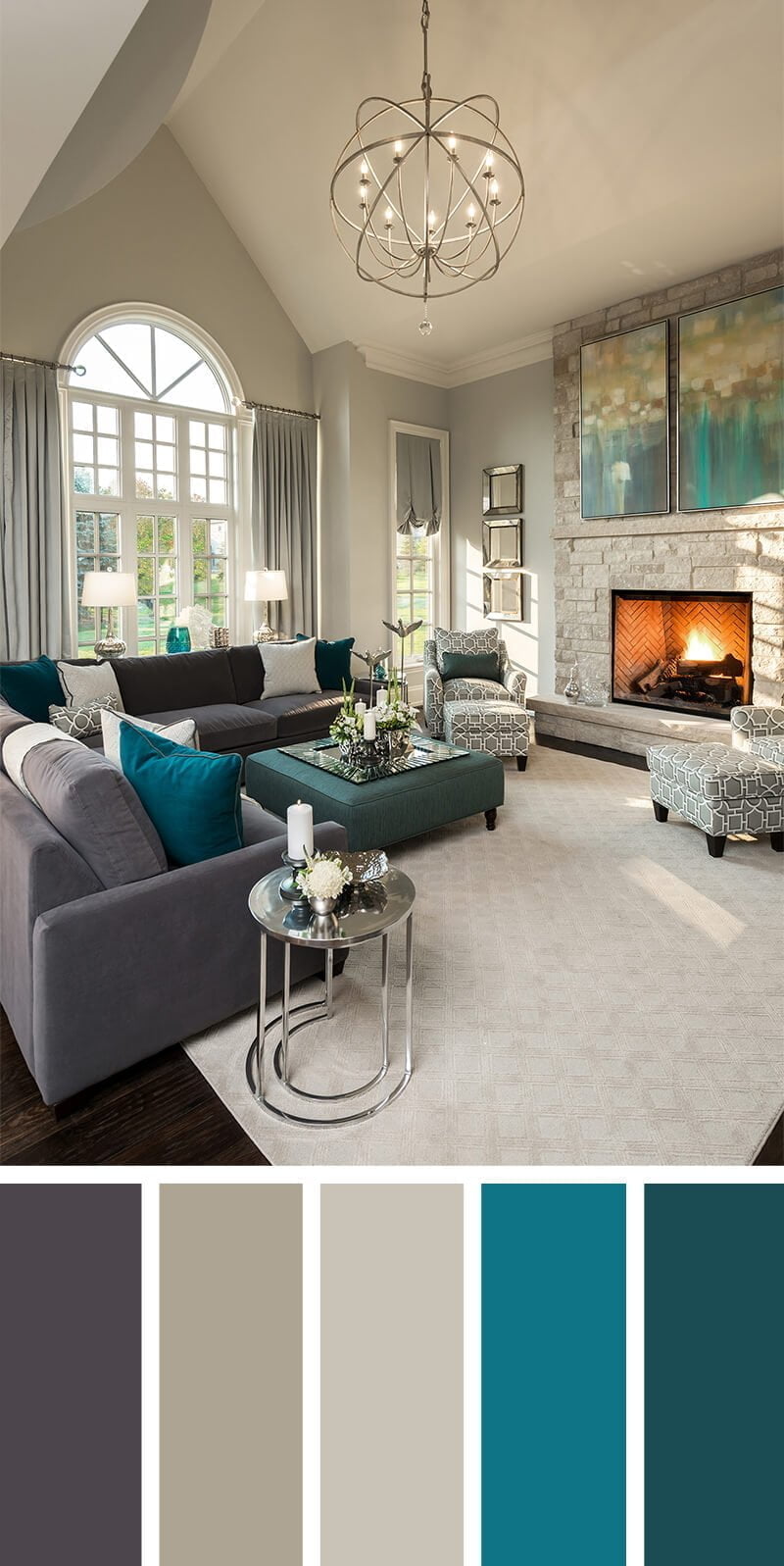

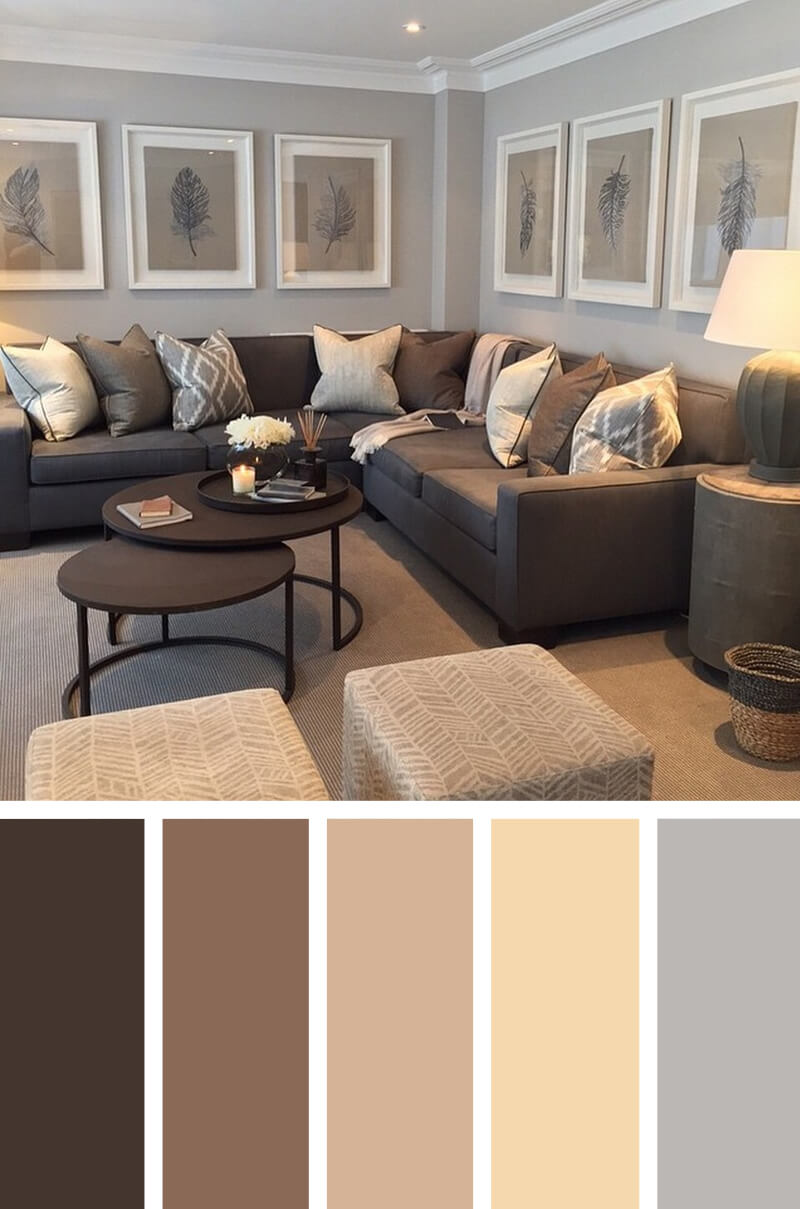





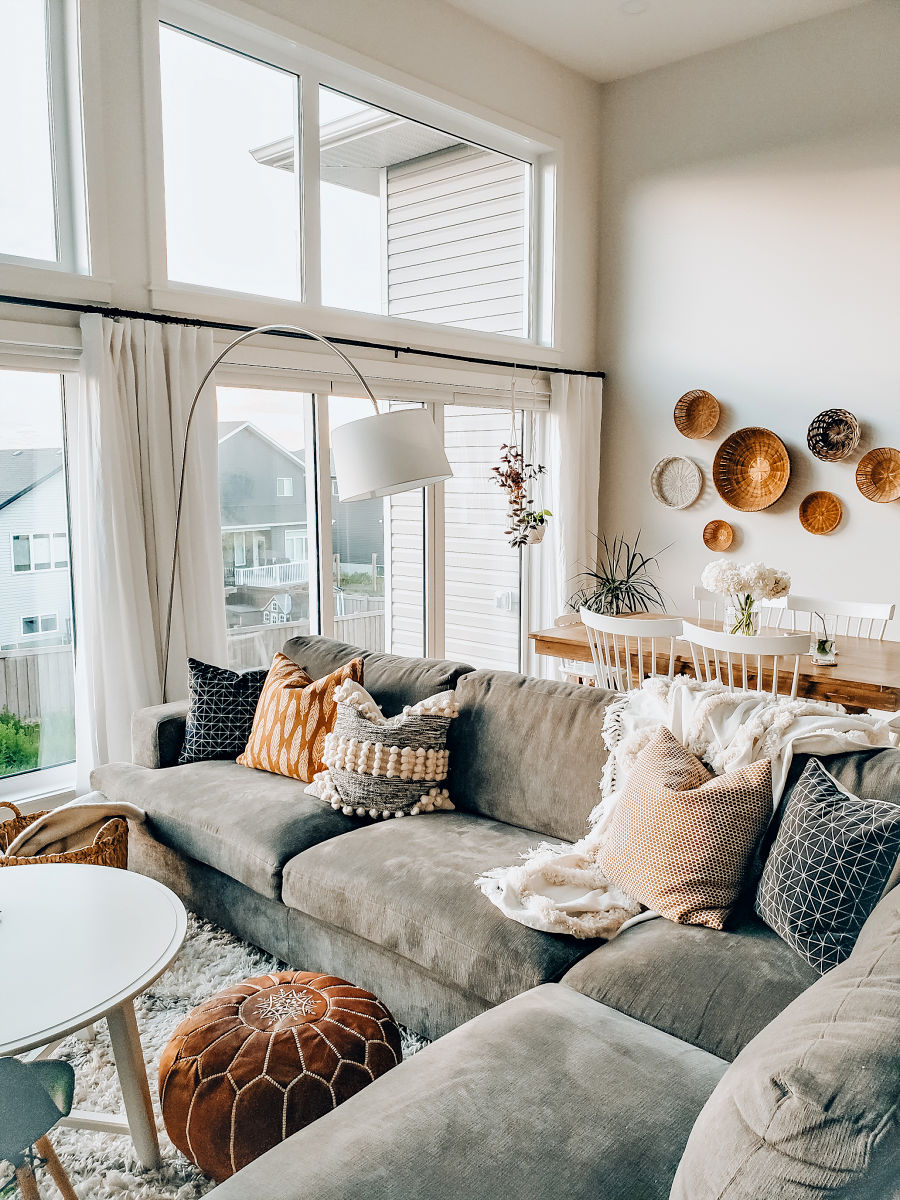




/Living-room-with-plaid-and-leather-furniture-589faf575f9b58819cb3fb05.png)
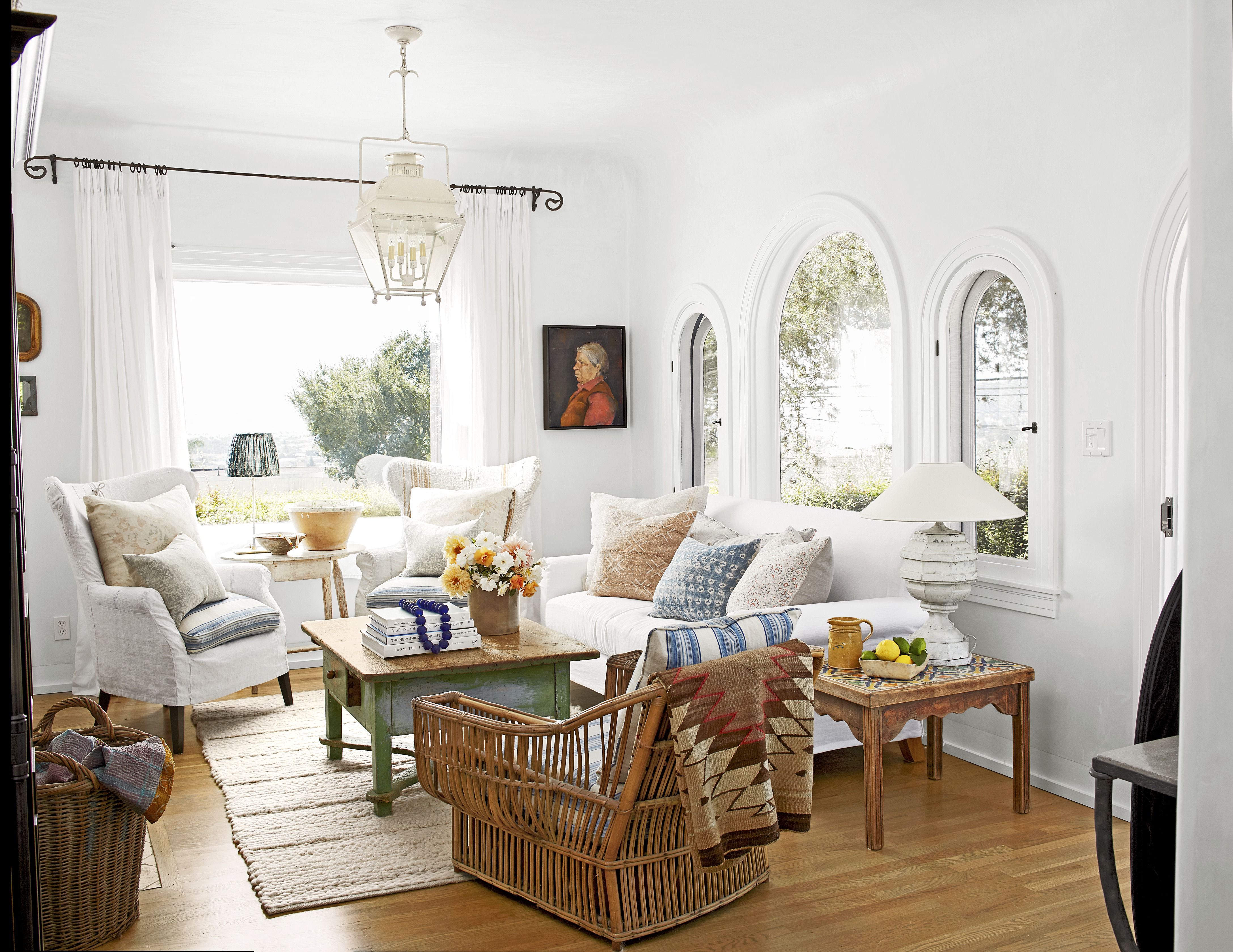
/Cozy-Living-Room-in-Paris-Anna-Duval-589f7c175f9b58819c7e8e0e.png)





